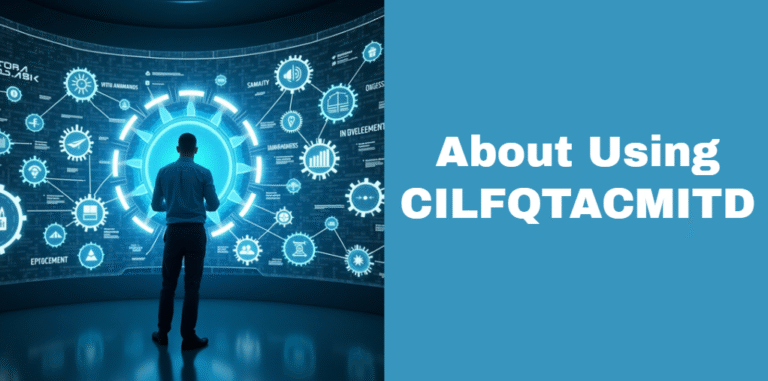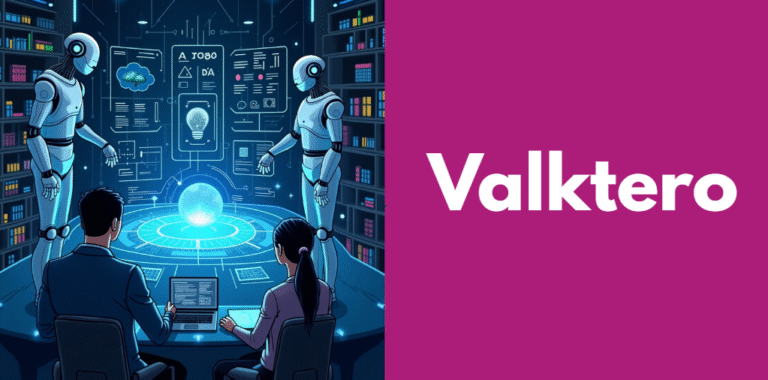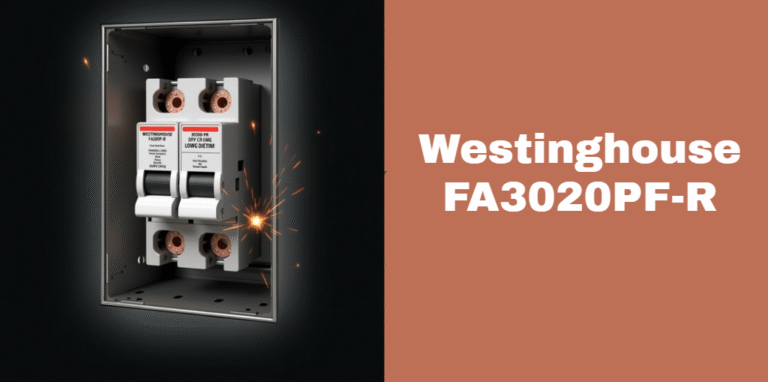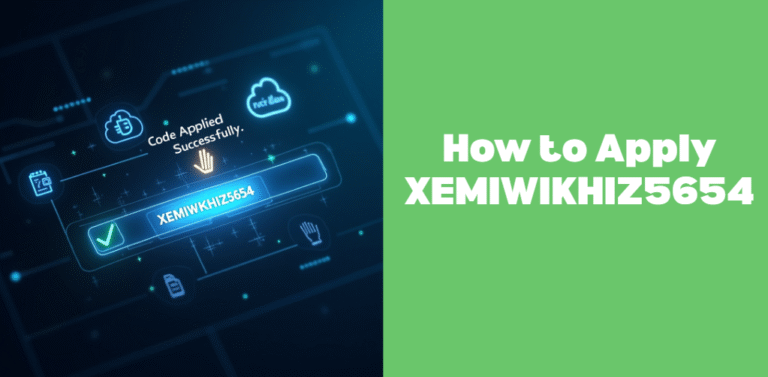Why 24ot1jxa Harmful: Full Explanation of This Hidden Malware Threat
In today’s digital world, malware threats evolve rapidly, making it harder to detect them using traditional tools. One such dangerous and stealthy malware is known as 24ot1jxa. Though its name appears random or meaningless at first glance, this malware variant has caused concern among cybersecurity experts due to its ability to invade systems silently, collect data, and disrupt both personal and professional operations.
This article will provide a detailed, easy-to-understand explanation of why 24ot1jxa harmful, how it works, how it spreads, and what you can do to protect yourself.
Understanding 24ot1jxa
The term 24ot1jxa typically refers to a malicious executable or malware script that uses polymorphic or obfuscated code to disguise its true nature. Unlike viruses that replicate or worms that spread rapidly through networks, 24ot1jxa operates stealthily, often under the guise of legitimate files or background processes.
It is not tied to any one platform but can infect Windows, macOS, and sometimes Linux environments, depending on the payload it carries. Once inside, it behaves like a spyware, Trojan, or Remote Access Trojan (RAT), depending on its programming.
Infection and Distribution Methods
24ot1jxa doesn’t just appear on a system. It uses multiple sophisticated distribution techniques to enter computers or networks. The most common methods include:
- Phishing Emails: A user may receive an email containing a link or attachment. Once clicked, the malware silently installs.
- Drive-By Downloads: Visiting a compromised website may trigger an automatic download without the user’s consent.
- Bundled Software Installers: It often comes bundled with freeware or cracked software.
- USB or External Devices: An infected USB drive can execute the malware once plugged into the system.
- Malvertising: Fake advertisements on legitimate websites can redirect users to infected pages.
Core Threat Mechanisms
What makes 24ot1jxa harmful is not just its method of infiltration, but the variety of threats it introduces once installed. It often acts as a combination of several malware types:
| Malware Type | Function of 24ot1jxa |
|---|---|
| Trojan | Disguises itself as a legitimate file |
| Spyware | Records keystrokes and screen data |
| RAT (Remote Access) | Gives hacker full control of system |
| Rootkit | Hides itself deeply in the OS |
It evades traditional antivirus detection by changing its code structure every time it runs (polymorphism), hiding itself within core system files, and disabling antivirus processes. This makes it extremely difficult for untrained users to even realize something is wrong until it’s too late.
Effects on Devices & Users
Once the malware is fully active, users may start noticing subtle or severe changes in system behavior. Some of the signs include:
- The computer becomes slow or unresponsive.
- Unknown applications may appear.
- Frequent crashes or system errors begin occurring.
- Web browsers redirect to strange websites.
- Webcam or microphone activates without permission.
But the real danger lies in what happens behind the scenes. The malware collects user data, opens backdoors for other malicious tools, and may even use the infected system as part of a larger botnet network.
Data and Privacy Impacts
Data theft is one of the most damaging consequences of 24ot1jxa. The malware is capable of accessing:
- Login credentials for email, banking, and social media.
- Personal documents like photos, scanned IDs, and tax records.
- Recorded keystrokes (keyloggers) that capture everything you type.
- Clipboard data, including copied passwords or sensitive texts.
This data is then sent to a remote attacker who can use it for identity theft, blackmail, or financial fraud.
Network & Business Risks
For businesses, the threat is even more dangerous. If a device within a corporate network becomes infected, 24ot1jxa can:
- Spread to other connected systems without user interaction.
- Compromise sensitive company data or intellectual property.
- Install ransomware to demand payment in exchange for data restoration.
- Cause downtime, disrupt operations, and lead to reputational damage.
In sectors like healthcare or finance, such breaches can also result in severe legal penalties due to data protection regulations like HIPAA or GDPR.
Detection Challenges
One of the reasons why 24ot1jxa is harmful is because it is difficult to detect. Unlike traditional viruses, it doesn’t show up easily in system scans. Here are some ways it avoids detection:
- It modifies its code constantly to avoid antivirus signatures.
- It can run in system memory only, leaving no file traces.
- It disguises itself as normal processes (like svchost.exe).
- It disables security software and hides activity logs.
Behavioral detection and advanced threat-hunting tools are often needed to spot its presence.
Indicators of Compromise (IoCs)
Although it’s stealthy, 24ot1jxa sometimes leaves subtle clues behind. Common indicators include:
| Indicator Type | Example |
|---|---|
| System Performance | Random slowdowns and freezes |
| Network Traffic | Unusual outbound data |
| Startup Changes | Unknown programs launching |
| Security Logs | Disabled antivirus or updates |
| Web Behavior | Redirects, unwanted extensions |
Users should stay alert and perform regular system checks using both antivirus and anti-malware scanners that focus on heuristics and behavior.
Removal & Recovery Steps
If you suspect your system is infected, immediate action is necessary. Here’s how you can attempt to remove 24ot1jxa:
- Disconnect from the Internet: This stops data exfiltration and command communication.
- Boot into Safe Mode: Restarting in Safe Mode prevents the malware from auto-loading.
- Use Advanced Anti-Malware Tools: Trusted tools like Malwarebytes, HitmanPro, and Kaspersky’s Rescue Disk can be helpful.
- Manually Check for Unknown Processes: Use Task Manager or Process Explorer.
- Delete Temporary Files and clear browser data.
- Change All Passwords: After confirming the system is clean, change every online password.
- Reinstall OS If Needed: For extreme infections, a clean OS reinstall might be the safest option.
Prevention & Hardening Tips
Staying protected from future infections requires proactive steps. Here are some best practices:
- Keep your operating system and software updated to patch security holes.
- Install reliable security software with real-time protection.
- Enable two-factor authentication (2FA) for all critical accounts.
- Avoid opening suspicious emails, links, or downloading cracked software.
- Educate yourself and team members about phishing and digital hygiene.
- Backup your important data regularly, both online and offline.
Also, for business environments, implementing network segmentation, firewalls, and intrusion detection systems (IDS) adds multiple layers of defense.
Conclusion
In conclusion, understanding why 24ot1jxa harmful is vital to protecting your personal or business data. This malware is not only sneaky and difficult to detect, but it also causes long-lasting damage by stealing sensitive data, disrupting systems, and inviting further attacks.
Whether you’re an individual user or IT professional, early detection, removal, and ongoing vigilance are your best defenses.
Recommended Articles
Kashyeportazza Ltd Products – Detailed Guide to Smart, Sustainable & Essential Solutions
ZOSQK Explained: The Mysterious Tech Term Redefining Digital Innovation
What is AMS69X? A Complete Guide to the Advanced Sensor Technology
Unlocking Total Wellness with Narissa Thelo Fitness-Talk.net: A Comprehensive Guide






